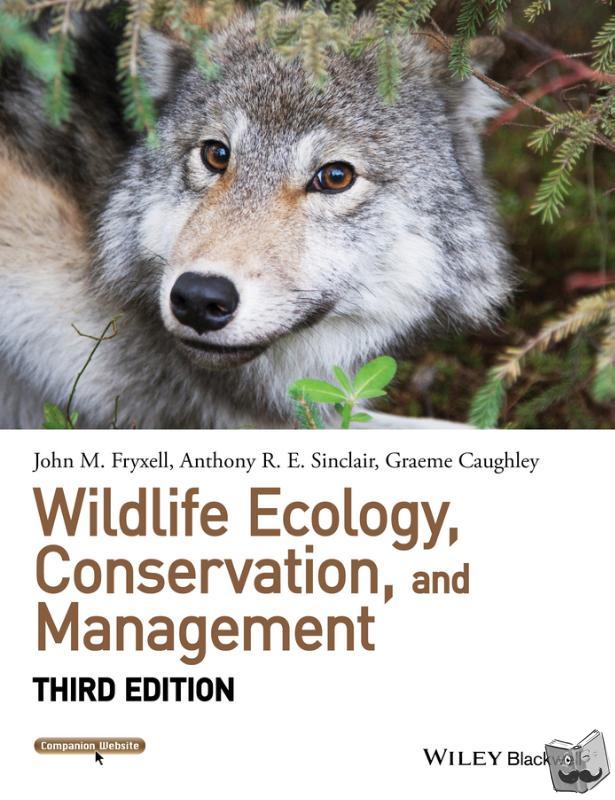Stel een vraag
Ik heb een vraag over het boek: ‘Wildlife Ecology, Conservation, and Management - Fryxell, John M. (University of Guelph), Sinclair, Anthony R. E. (University of British Columbia), Caughley, Graeme (CSIRO Research)’.
Vul het onderstaande formulier in.
We zullen zo spoedig mogelijk antwoorden.


